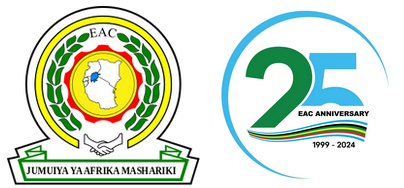Posted in Social Protection
Social Protection is how states respond to and protect its members against the effects of poverty. Majority of people in East Africa, just like in the rest of Africa, are poor. Social protection encompasses set of policies and programs designed to reduce poverty and vulnerability by promoting efficient labor markets, diminishing people’s exposure to risks, and enhancing their capacity to protect themselves against hazards and the interruption or loss of income.
The EAC is committed to develop a Social Protection Strategy to support vulnerable populations to overcome their exposure to risks. This means the respective governments are concerned about the welfare of their populations towards a more equitable society.
In respect of Provision Article 120(c) of the Treaty where Partner States have committed to cooperate in the field of social welfare with respect to among others, the development and adoption of a common approach towards the disadvantaged and marginalised groups, including children, the youth, the elderly and persons with disabilities has accomplished the following:
- A compendium of major international and regional instruments on children, women, youth, and persons with disabilities, older persons and indigenous people’s rights has been developed.
- Following the adoption of the Persons with Disabilities Policy (2012), a legally binding instrument in form of a Bill on Persons with Disabilities has been drafted and tabled to the East African Legislative Assembly.
